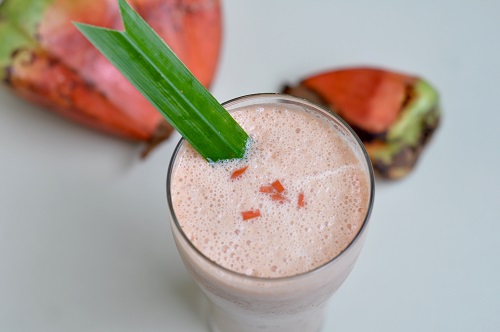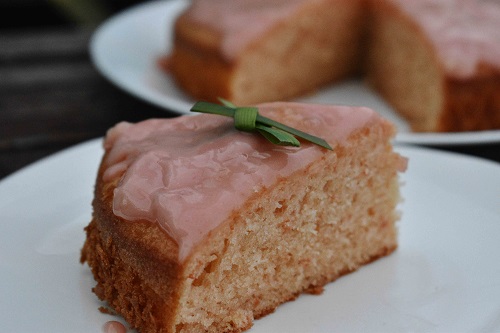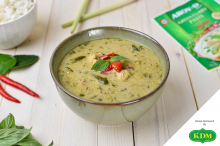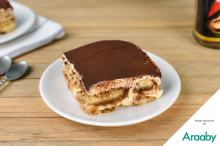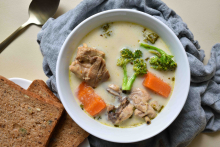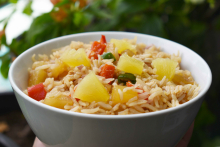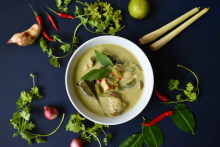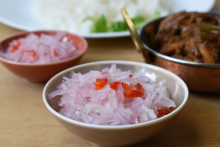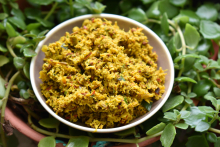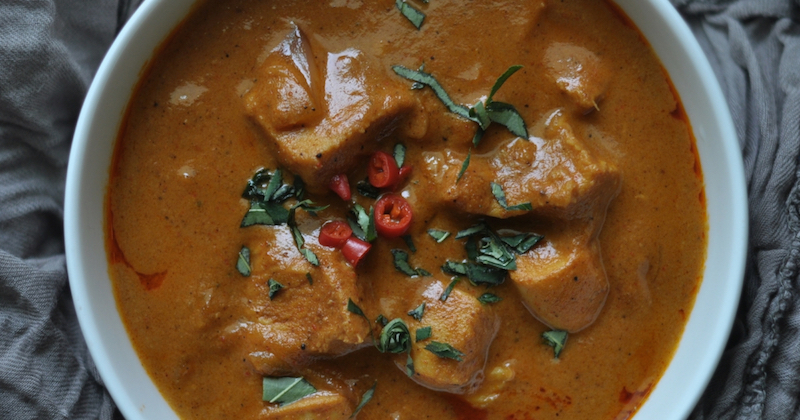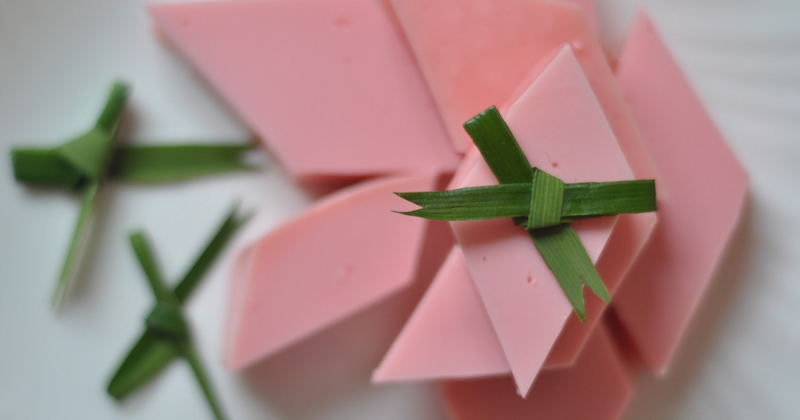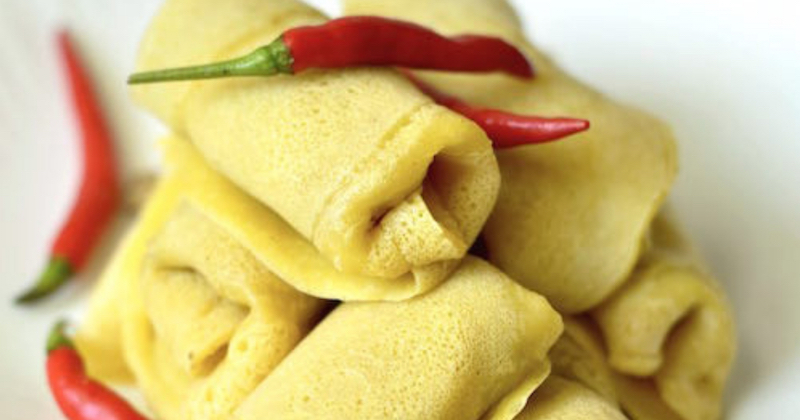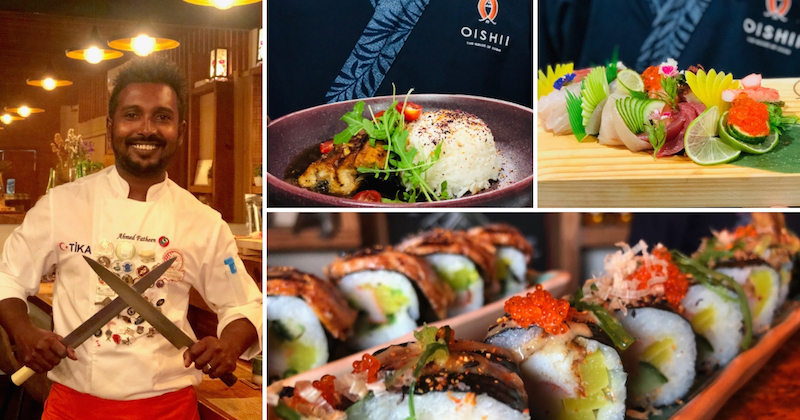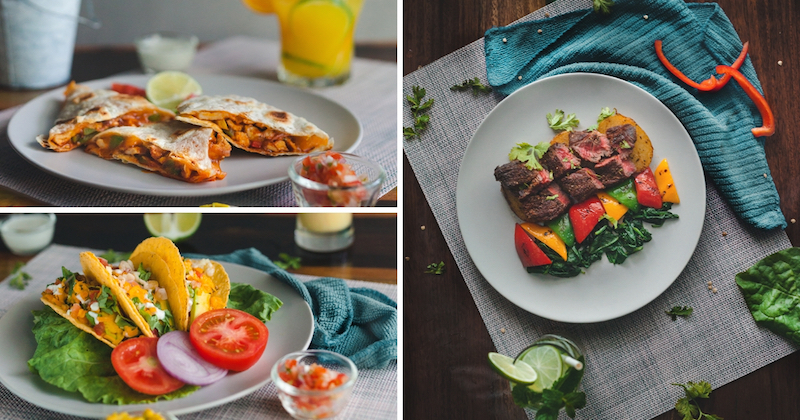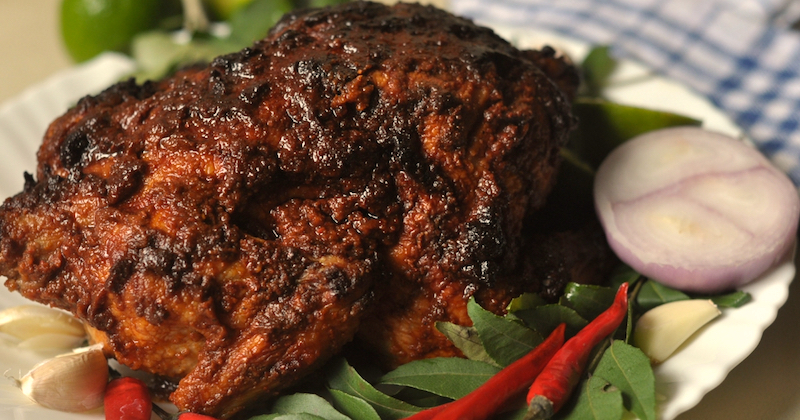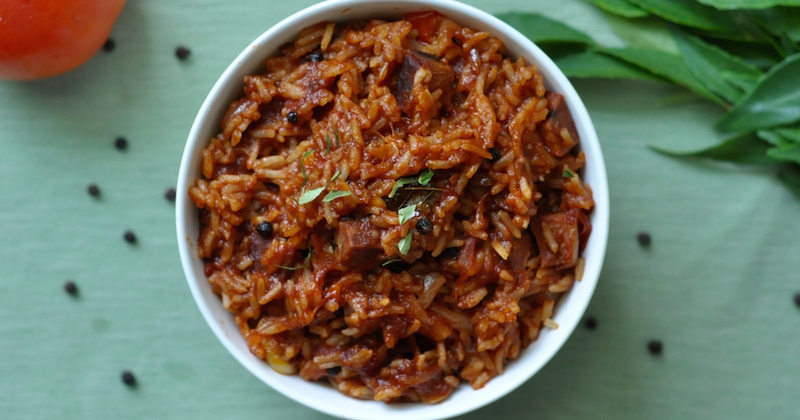The rediscovery of Kashikeyo

Photo by Milan Rikavek
It’s as Maldivian as kurumba. The kashikeyo (screw pine) plant is as integral to island culture and cuisine as the coconut palm. The sweet pink flesh of its fruit tastes like it smells.
There are three varieties of the plant; Boakeyo, medhukashikeyo, and maakashikeyo but the latter is the most commonly used variety for cooking. The others, though more fragrant, causes mouth irritation and are largely avoided. The compound fruit separates into individual wedge-shaped dupes or keys that turn bright red as they ripen.
Maldivians love kashikeyo’s unique and indescribable flavour that lends itself to a variety of drinks and desserts. Its rich aroma makes you nostalgic for simpler times.
Kashikeyo fani (cooked juice) helped cool off in the tropical heat. Many old favourites like candied kashikeyo and kashikeyo foa (balls made with coconut and sea almonds) were beloved as snacks but have faded away. Modunu kashikeyo was a simple yet lovely treat enjoyed with slices of smoked tuna. Kashikeyo hakuru (a sticky pudding) and bondi (sweet cakes wrapped in banana leaves) were little known northern specialties. The southern version was called metaa.
More recently, old comfort food like kandhi (porridge) and baiypen (congee) have made a comeback alongside new creations like kashikeyo-flavoured milk shakes and ice creams.
Kashikeyo flesh is cooked with sugar and milk to make toppings and sauces and ground to make cakes and puddings, a relatively new invention that’s become widely popular. Creative bakers are using the fragrant fruit to flavour cinnamon rolls and macarons as well.
Kashikeylu fen, native to Baa and Raa atolls, has been around since the early 19th century. This simple porridge is prepared by boiling screw pine in water with coconut syrup. It’s strained and served for breakfast with karuhakuru (thickened palm sugar), baked bread fruit and slices of coconut. The porridge is cooked at night and served cold the next morning.
Like the humble coconut, kashikeyo sustained us through hard times and hunger. Every part of the pole-like tree with its thick fruit-bearing prop roots proved useful. Even the seeds were boiled and roasted (it makes for a great snack).
The fibrous tender part of the fruit is thinly sliced to avoid fibrous strings that can get stuck in your teeth. This requires a certain level of skill. Older generations can balance the screw pine key between the fingers in one hand and deftly slice horizontally with the other. But don’t try this at home. Newbies might find it challenging and attempts could result in injury.
More Recipes
About Lonumedhu
Lonumedhu is about eating great food right here in the Maldives.
Our easy to follow recipes use locally available ingredients.
In our blog you will find food news, interviews with chefs and cooks, useful information about eating out and other foodie reads.
Contacts
© Lonumedhu.com 2017-2021. All rights reserved. No part of this website may be reproduced without the written permission of the publisher.
Advertisers
Lonumedhu.com has partnered with Qualia Pvt Ltd, a publishing & marketing agency, for its desktop and mobile advertising.
Advertising enquiries should be directed to (960) 987 4396 or marketing.sales@lonumedhu.com.


